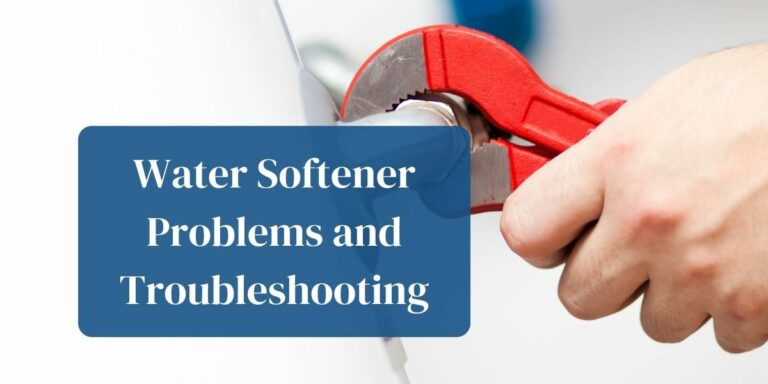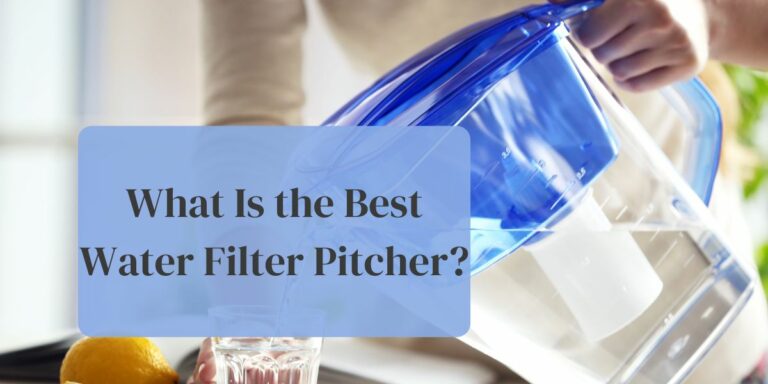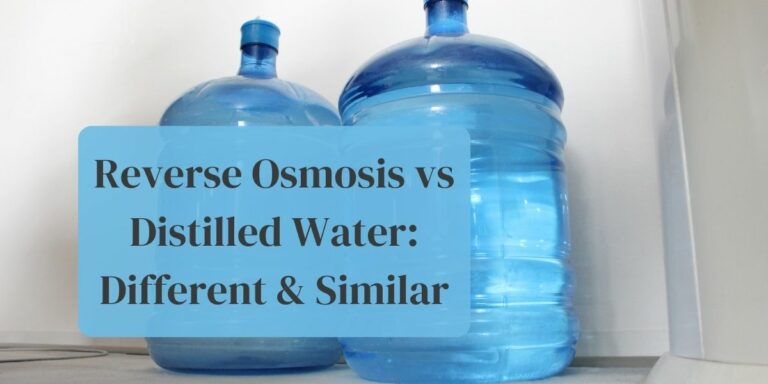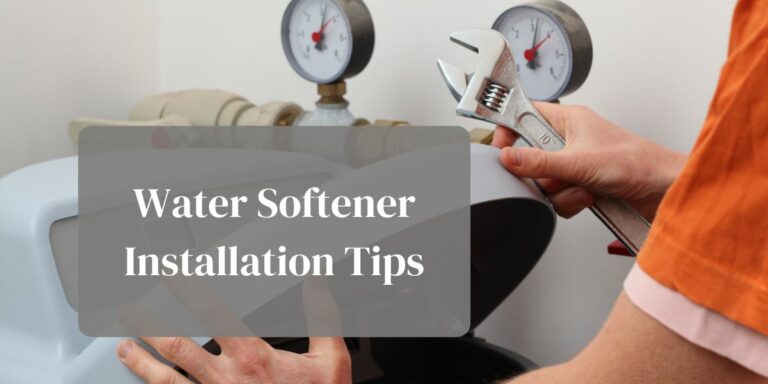There are various reverse osmosis systems you can take advantage of these days, but not everyone knows the difference between the various models. Many people therefore wonder if an air gap or non-air gap faucet is the best for their needs. In this article, we will explain the benefits of each one, but also elaborate on the situations they are most suitable for.
Table of Contents
- What Is The Reverse Osmosis Faucet?
- What Are The Most Important Differences Between The Air Gap And The Non-Air Gap Faucets?
- Is It Possible To Switch Faucets For A Reverse Osmosis System?
- What Are The Benefits Of An Air Gap Reverse Osmosis Faucet?
- Are There Disadvantages To The Air Gap Reverse Osmosis Faucet?
- What Are The Advantages Of The Non-Air Gap Reverse Osmosis Faucet?
- What Are The Disadvantages Of The Non-Air Gap System?
- When Should I Use The Air Gap System?
- How Do I Identify An Air Gap And A Non-Air Gap Faucet?
- What Is A Reverse Osmosis Water System?
- Why Is A Filtration System Important For Drinking Water?
What Is The Reverse Osmosis Faucet?
The reverse osmosis faucet is specifically designed to work with a reverse osmosis water filtration system. Evidently, there are two main types of reverse osmosis faucets you can consider; this includes the air gap and the non-air gap faucet.
What Are The Most Important Differences Between The Air Gap And The Non-Air Gap Faucets?
Reverse osmosis systems will automatically move some water to the drain; this because the reverse osmosis sends all the impurities it filters out to the drain. Evidently, the drain line is connected to a certain type of faucet; this can be the air gap and the non-air gap faucet.
The difference between the air gap and the non-air gap is pretty straightforward. The air gap faucet will have a physical barrier between the osmosis filtration system and the drain of your sink. Evidently, this kind of design was created for a reason, more specifically to prevent the sink drain from getting clogged.
A non-air gap faucet does not have the physical barrier the air gap faucet has; this means that the drain water ends up in the sink drain.
Is It Possible To Switch Faucets For A Reverse Osmosis System?
It is possible to move from an air gap faucet to a non-air gap faucet and vice versa. However, when you make the switch, it is important to remember that each faucet can use different sized tubing. Subsequently, you may have to look for the correct tubing and fittings to match your system.
What Are The Benefits Of An Air Gap Reverse Osmosis Faucet?
One of the major benefits of the air gap faucet is that it can protect a reverse osmosis system; this since it prevents a clogged drain. Since the drain water does not return into the system, damage and contamination are far less likely with an air gap faucet.
In some areas, the local plumbing code requires the use of an air gap faucet for a reverse osmosis system. If you fall within this catchment area, then you will have to use this type of faucet anyway.
Related
- The Kube is a popular under-sink filtration system
- Are Pur or Brita faucet filters better?
Are There Disadvantages To The Air Gap Reverse Osmosis Faucet?
Any system can have its disadvantages, and this is no different for the air gap faucet. One of the problems that the system can have is clogging. While it may not clog up your sink, the system does use smaller tubes that can be susceptible to sediment buildup.
The physical barrier that comes with an air gap faucet can be a little noisy; this usually leads to the typical gurgling noise when the system fills up the storage tank. Because of the nature of the system, the installation can be rather difficult and usually requires a professional.
What Are The Advantages Of The Non-Air Gap Reverse Osmosis Faucet?
Even though there is no physical barrier like with the air gap faucet, the non-air gap reverse osmosis faucet does have plenty of benefits. One of the biggest benefits associated with this system is a lower cost, as this system requires less of an investment compared with air gap systems.
Compared to the air gap system, the non-air gap has a simpler design. It has a minimal amount of tubes and hoses, which are usually slightly bigger; this makes them less susceptible to sediment buildup. While a buildup of sediment may still occur, it is less likely to happen compared to the air gap system.
Another big advantage of the non-air gap system is that it does not make as much noise as the non-air gap system. As the drain line of the non-air gap system goes directly from the reverse osmosis membrane into the drain line, noise is significantly reduced.
Finally, due to the simplicity of the non-air gap system, it is far easier to install. The reduced number of tubes and hoses require less connections, which means most people who are handy in DIY can install this system themselves.
What Are The Disadvantages Of The Non-Air Gap System?
One of the disadvantages that can be encountered with this system is a clogged drain, as the line goes straight into the drainage line. If the system were to get clogged, it could damage other components of the reverse osmosis system. Therefore, regular maintenance will be required for this system.
Homeowners who are considering the non-air gap system must check their local plumbing codes. As mentioned earlier, some areas obligate the installation of air gap systems, which means a non-air gap system will not meet those code requirements.
When Should I Use The Air Gap System?
Air gap systems are usually recommended for installation on the kitchen sink; this because it can prevent the drainage system from blocking. Subsequently, this can prevent contaminated water from entering and damaging your system.
Of course, there can be some reasons why you would not use an air gap system. For example, if the installation of your reverse osmosis system is considerably far from your faucet, then this type of system is not a good idea; this because the air gap system is directly connected to the reverse osmosis system.
How Do I Identify An Air Gap And A Non-Air Gap Faucet?
Sometimes, it can be difficult to identify which type of faucet you currently have; this is especially the case if you are not familiar with the structure of the air gap and non-air gap faucet. Fortunately, there are some telltale signs that could provide some clarity.
To identify the faucet you currently have, you need to look at your reverse osmosis faucet. If there are three tubes on the bottom, then you most likely have an air gap faucet. However, there is an exception to the rule. If you have vented faucet, you can also have three tubes on the bottom of your reverse osmosis system.
Homeowners who have a non-air gap facet will usually only find one tube on the bottom of the faucet. This is pretty straightforward and there is usually no variation in terms of the system.
Learn how to resolve common problems of RO systems.
What Is A Reverse Osmosis Water System?
Before we elaborate on the differences and benefits of the air gap faucet and non-air gap faucet, we need to look at the reverse osmosis system. In general, this system works by putting water under a tremendous amount of pressure. Once the water is under pressure, it is pushed through a special membrane. Any impurities that do not make it through the membrane, also referred to as the brine stream, is then put in the drain.
The membrane used in reverse osmosis systems can filter out many impurities. It can remove up to 99% of water and other common contaminants, making your water even safer to drink.
Contrary to some other filtering systems, the reverse osmosis system uses so-called cross filtration technology. It means that the filtered contaminants do not remain in the filter but are removed with the brine stream. Therefore, saltwater and other contaminant buildups in the filter are not something you will encounter with a reverse osmosis system.
Why Is A Filtration System Important For Drinking Water?
Even though regular drinking water is safe for consumption, it does not mean they do not contain any harmful substances. In fact, tap water may contain heavy metals and possible allergens. If you install a filtration system on your reverse osmosis system, those contaminants are filtered out.
One of the interesting contaminants that can be filtered out with a reverse osmosis system is arsenic. Research has shown that there is a miniscule amount of arsenic in American drinking water. Even though the amounts might not be harmful to you immediately, arsenic is one of the compounds that can contribute to skin cancer.
Another contaminant that your reverse osmosis system can help with is chlorine. While chlorine is necessary to remove other contaminants from drinking water, chlorine still remains in the drinking water once it comes out of the tap. A reverse osmosis filtration system will remove chlorine from drinking water effectively.
In addition to chlorine and arsenic, reverse osmosis systems can tackle most natural and synthetic toxins and debris. If you invest in a reverse osmosis system, these are no longer contaminants you have to worry about.
Some homeowners do not install filters solely on their kitchen tap, they use filters for the rest of their home as well. One prime example is a charcoal filter on the showerhead. While you shower, contaminants can still enter your body through the skin. Since this may contain allergens as well, it could be a good idea to look at these additional systems.







